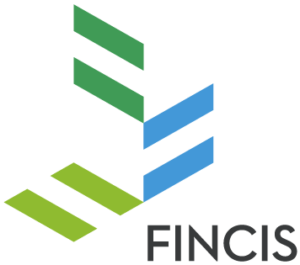As a network of experts and health promoters of athletes’ health, in particular, sports and exercise medicine centres play an important role in promoting clean and fair sport as part of the FINCIS network. The centres have committed to jointly defined measures for clean and fair sport through the Fair Competition Guidelines issued to them.
The centres directly reach many different regional target groups. It is important that the target groups receive up-to-date information and that the training complies with the World Anti-Doping Code and the international Standard for Education. Secondly, the centres play an important role in promoting clean and fair competition regionally, such as by supporting local sports clubs and academies. Thirdly, the centres are tasked with the provision of information. By communicating about fair competition, the centres are able to guide athletes and other key target groups to the right information.
FINCIS has prepared guidelines for the sports and exercise medicine centres to draw up their own Fair Competition Guidelines. Based on these guidelines, the centres can prepare their own guidelines, taking into account the special characteristics of the centre and the region in question. It is possible to select suitable measures from the guidelines and to develop new methods that fit the centre’s activities.
Key points from the Fair Competition Guidelines
The guidelines emphasise preventive action, covering in particular measures related to training and communications. Key points from the guidelines are presented below. The measures are explained in more detail in the guidelines.
Education
The purpose of education is to ensure that all sports stakeholders have the required up-to-date information about anti-doping matters and prevention of competition manipulation, as well as the ability to make ethical choices in sport. Athletes should become familiar with anti-doping activities primarily through education and training. The sports and exercise medicine centres plan their education activities on an annual basis and determine the target groups to which they are able to offer education. When preparing the plan, it is important to have a dialogue with any other stakeholders in the area, such as sports academies and institutes, to avoid overlapping activities.
Communications
Good activities need visibility. With effective communications, sports and exercise medicine centres provide visibility to these themes so that athletes and other sports stakeholders do not forget about anti-doping issues and the prevention of competition manipulation. If these topics are communicated, they become a natural part of activities and the value base, which helps to avoid regrettable incidents. Communications also demonstrate the centre’s value base and choices to external audiences.
Instructor training
FINCIS trains physicians responsible for and specialising in the Fair Competition programmes of the centres annually. Participation in the training courses provides them with up-to-date materials and qualifications to conduct FINCIS training courses. Any training courses held are reported to FINCIS.
Publication of the guidelines
Sports and exercise medicine centres are encouraged to publish the guidelines on their own websites. FINCIS will publish any guidelines that are submitted to it on its own website. This means other sports stakeholders can find good ideas and new ways of working to implement in their own programmes.


